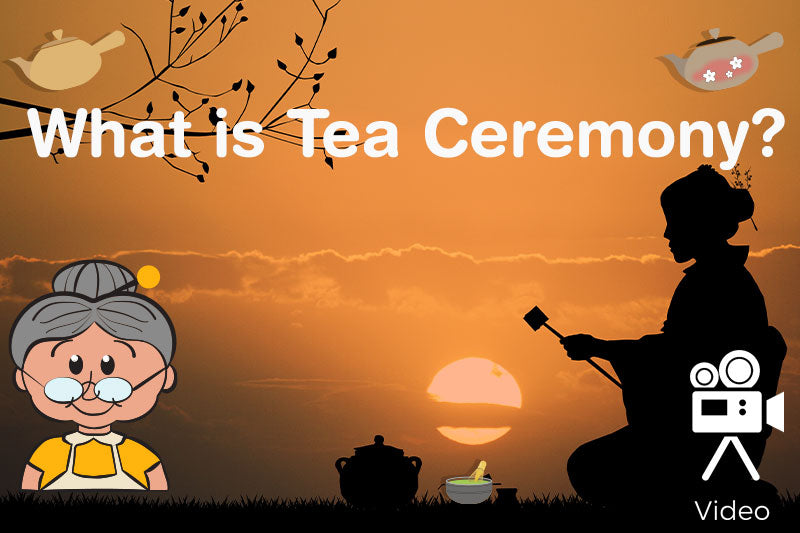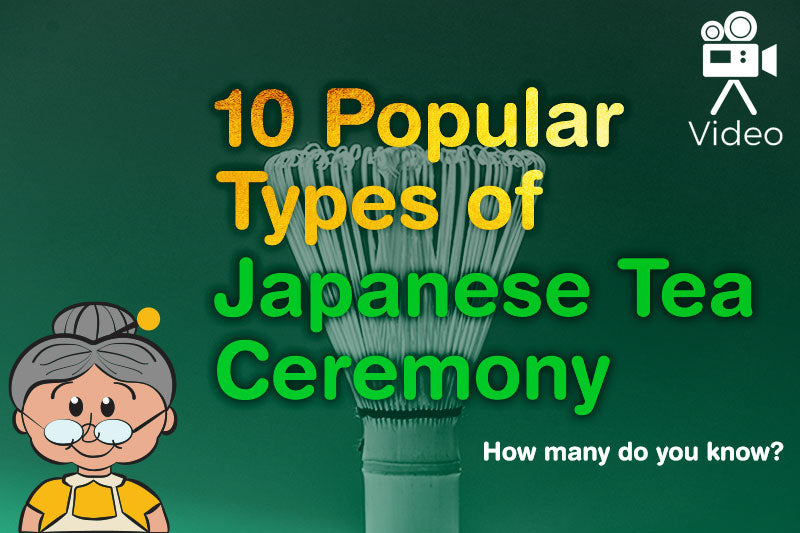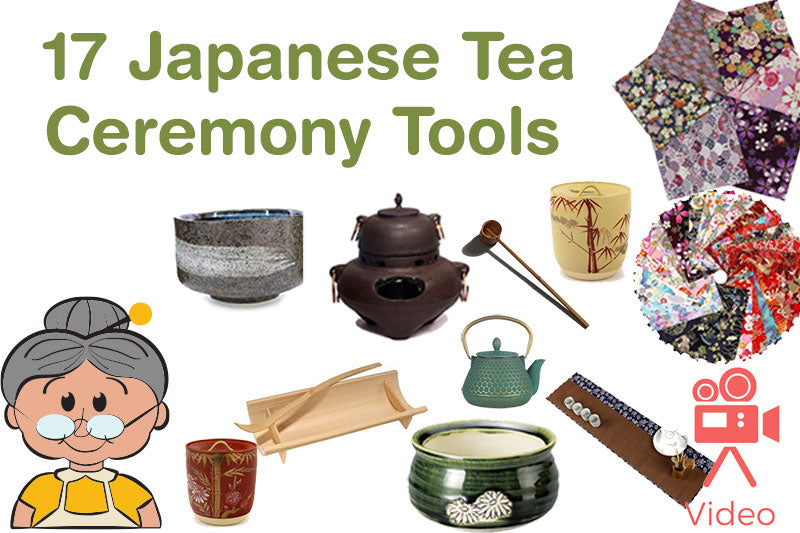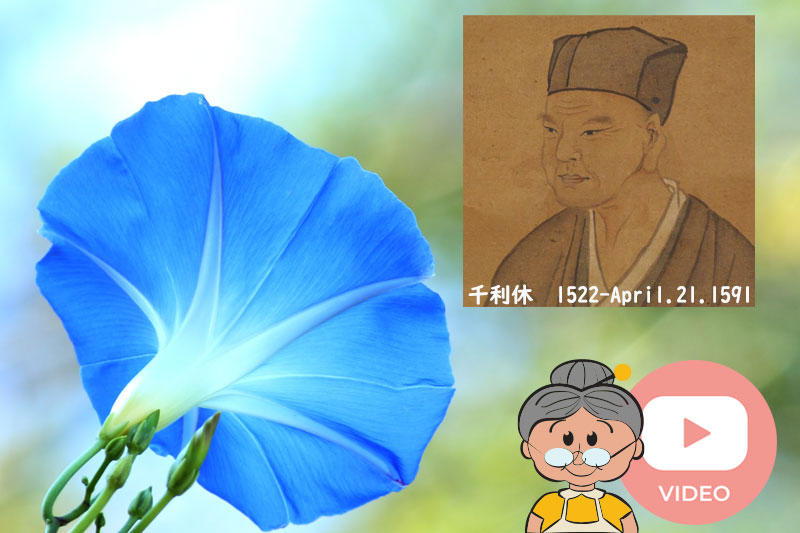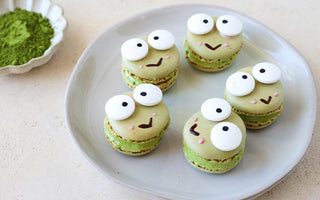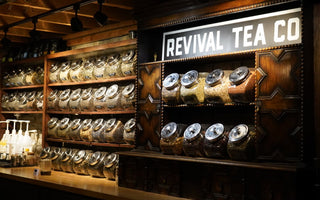The classical Japanese tea ceremony itself, in the modern form known to us, was formed in the XVI century by the tea master Sen no Rikyū. Thus, tea as a simple drink has become the basis of a deep philosophy and meditative practice aimed at cognition and self-improvement through the beauty of simple things.
If you want to diversify your life and your vacation, try Japan for a taste! This has every chance to become one of the most unforgettable experiences of your life! You can rent a car at one of the car rentals to explore all corners of Tokyo or Kyoto. You can drive to Sendai and immerse yourself in the samurai era by hiring a car. You can easily move between the island's ski resorts on Hokkaido with a rental car.

But today we will talk about tea and special tea ceremonies. This is a specific, complex ritual with incredible aesthetics and many subtleties of execution.
The four principles of the ceremony
Sei – purity of body and spirit. Before the ceremony, it is customary to clean the room and dishes.
Ke – respect. Means equality among the people present. In a teahouse, it doesn't matter who you are.
Wa – harmony. It is the meaning of the whole action, encouraging people to become a little bit happier. This is facilitated by the entourage; the decoration of the tea house is always simple: a tatami mat on the floor, a tea hearth, a lack of furniture, and distracting details.
Jaku is a calmness that can be compared to enlightenment. The tea ceremony is a meditation in motion. The chamber space of the tea house embodies a model of an ideal Universe where time flows; differently, all the stress is gone and there is nothing superfluous.
Where the ceremony is held
Japanese tea drinking takes place in a special place; as a rule, it is a garden in which there is a path leading to the tea house.
The garden is designed in such a way that being in it immerses you in an atmosphere of calm, self-care, and tranquility. Therefore, they are usually small and very cozy. Preference is given to evergreens; there are also stones and lanterns with soft light.

The paths are paved with natural stone and can be executed in any form pleasing to the owner. The path ends near the house, where there is a well in which guests perform a ritual ablution.
The house is usually modest and small in size, with a small window letting in weak light.
How is the ceremony going
On the way to the tea ceremony, the guests met with water several times. First, washing the hands and mouth is performed using a bamboo ladle. After that, sitting on a special bench, the guests contemplate the beauty of the garden and are filled with peace.
The owner, who is also a master, invites guests to the tea house, greets them with a bow, and serves lunch as a treat. Then sweets are served, and the master makes a thick tea. Later, expensive tea utensils are shown, and sweets and light tea are served at the end. He pours the powdered tea powder into hot water and whisks it until a light foam forms with a special bamboo whisk. The guests watch the master's movements in silence, enjoying the aesthetics of each gesture.
The ceremony lasts about 4 hours and consists of three stages: eating, drinking "thick" and then "liquid" tea. In the end, the host apologizes, bows to the guests, and leaves the room. This is the final chord of the ceremony.
Tips for visiting a Japanese tea ceremony
There is "high tea," when the ceremony is held in silence, and "light" tea, when a light, pleasant conversation is allowed.
At the ceremony, it is necessary to be a guest and a participant in the action, not just a spectator.
It is customary to prepare for the ceremony. It is important to choose comfortable clothes so that it is comfortable to sit on the tatami without damaging it.
Try it; maybe this experience will turn your life around!
Get Free Bonus Books

Sign up for free to the Green Tea Club to get advice and exclusive articles about how to choose Japanese Tea, and tips, tricks, and recipes for enjoying Japanese tea.
About the author
Kei Nishida
Author, CEO Dream of Japan
Certification: PMP, BS in Computer Science
Education: Western Washington University
Kei Nishida is a passionate Japanese green tea connoisseur, writer, and the founder and CEO of Japanese Green Tea Co., a Dream of Japan Company.
Driven by a deep desire to share the rich flavors of his homeland, he established the only company that sources premium tea grown in nutrient-rich sugarcane soil—earning multiple Global Tea Champion awards.
Expanding his mission of introducing Japan’s finest to the world, Kei pioneered the launch of the first-ever Sumiyaki charcoal-roasted coffee through Japanese Coffee Co. He also brought the artistry of traditional Japanese craftsmanship to the global market by making katana-style handmade knives—crafted by a renowned katana maker—available outside Japan for the first time through Japanese Knife Co.
Kei’s journey continues as he uncovers and shares Japan’s hidden treasures with the world.
Learn more about Kei
